Akitas are powerful, independent, and dominant dogs with origins in Japan. These characteristics extend to their dietary needs, which must be met with the same precision and care that Akitas demand in their training and daily life.
1. Understanding Akita’s Nutritional Needs
The Akita is a large breed, with a greater need for proper nutrition to support its size and energy level. Their diet should be rich in proteins and fats to maintain their muscular build and dense coat, with carbohydrates from vegetables and whole grains for energy.
2. Daily Caloric Intake
Akita’s daily caloric intake varies based on their age, size, activity level, and metabolism. Adult Akitas typically need about 30 calories per pound of body weight, but this can vary. An active Akita may need more, while an older or less active Akita may need less.
3. Puppy Feeding Regimen
Akita puppies grow quickly and require more nutrients and calories per pound of body weight than adult dogs. It is important to feed them a high-quality puppy formula that supports their development, divided into three to four meals a day.
4. Adult Akita Feeding Schedule
The transition to adult food should occur around 18 months of age for Akitas. At this stage, feeding twice a day is best to maintain their digestive health and energy levels.
5. Measuring Your Attitude’s Food
The approximate amount of feeding for Akitas can be from 3 to 5 cups of dry dog food per day, divided into two meals. It should be adjusted based on the caloric content of the food and the dog’s weight and activity level.
6. Weight Management in Akitas
Obesity can be a concern with Akitas, given their large frame and potential for reduced activity with age. Monitoring their weight and body condition is important, as well as adjusting the diet accordingly.
7. Special Dietary Considerations
Akitas may have specific health issues such as hip dysplasia or bloating. Consult a veterinarian to tailor a diet that mitigates these risks, possibly through supplements or special foods.
8. Cost of Feeding Akita
The monthly cost of feeding an Akita can vary greatly based on the type of food (premium, raw, budget-friendly brands) and the dog’s size and appetite. Prices can range from $60 to $120 per month or more for high-end or prescription diets.
9. Treats and Extras
Although treats can be part of training and bonding, they should be given in moderation and count toward total daily caloric intake to avoid overfeeding.
10. Working with Your Vet
Regular check-ups with a veterinarian can help you make sure your Akita’s nutritional needs are met, and adjust their diet if necessary based on health changes.
Our Top 5 Foods for Akitas
The diets were selected by our founder Justin Palmer, a certified dog nutrition expert, specifically with Akitas in mind:
| Food | Pros | cons |
|---|---|---|
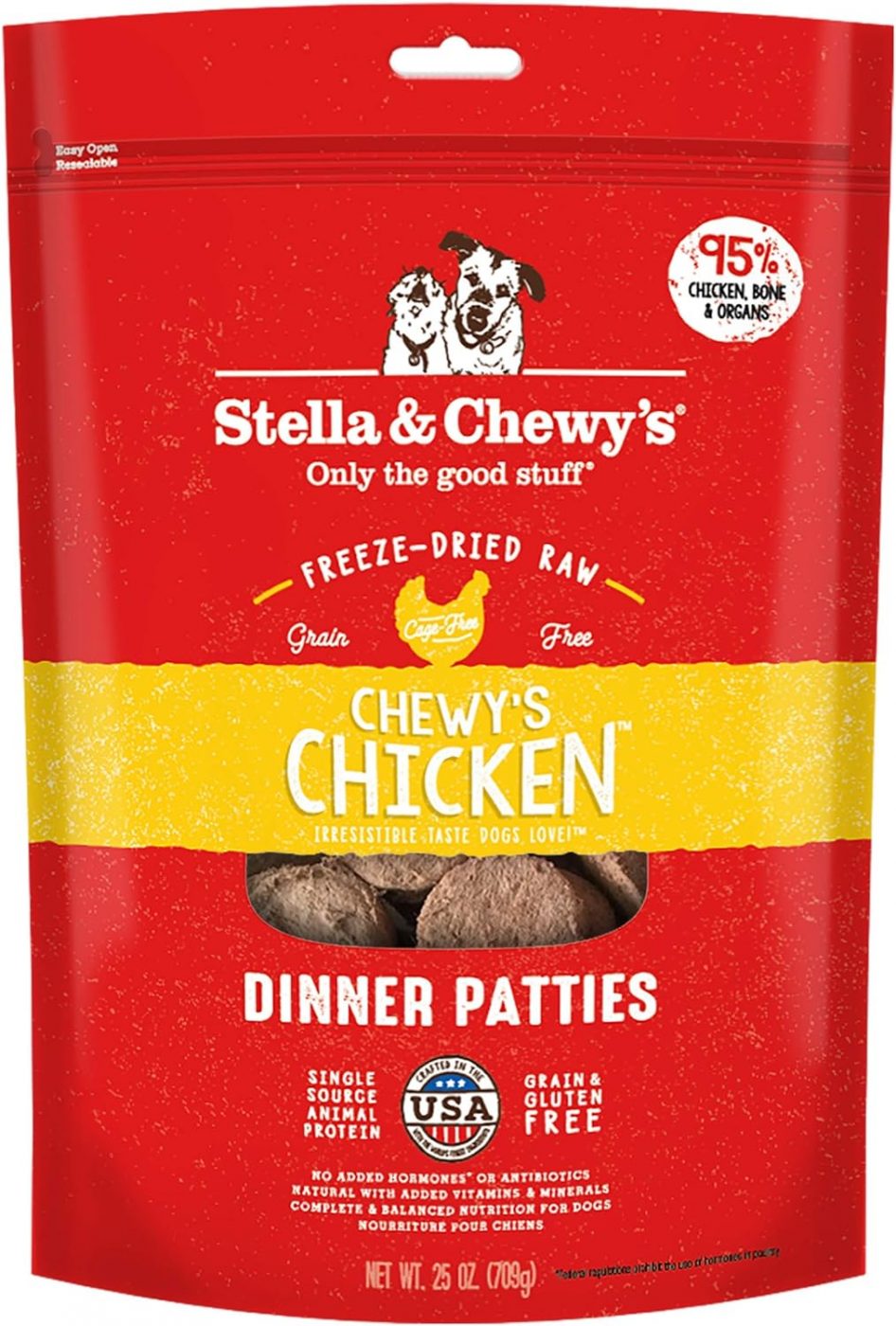 
Check Price Today at: Amazon |
|
|
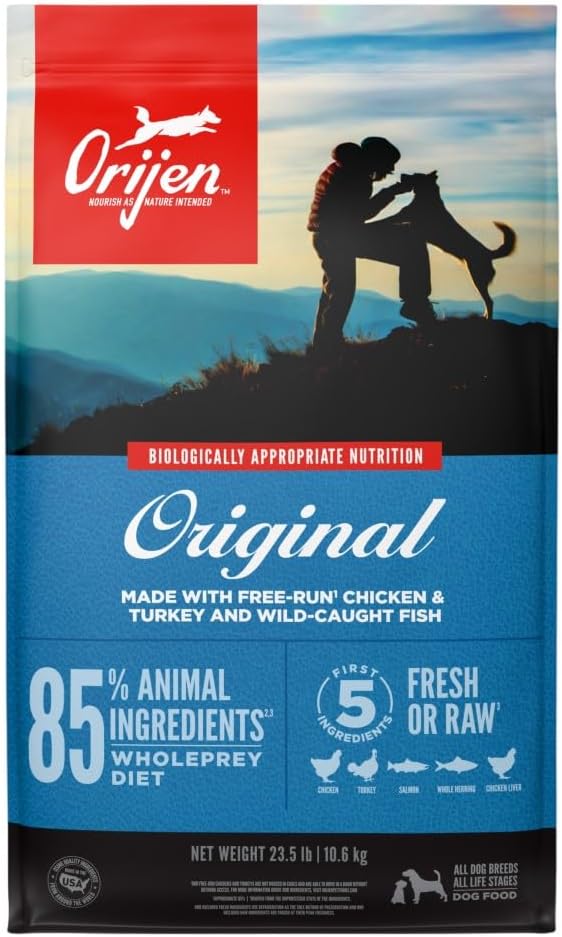 
Check Price Today at: Amazon |
|
|
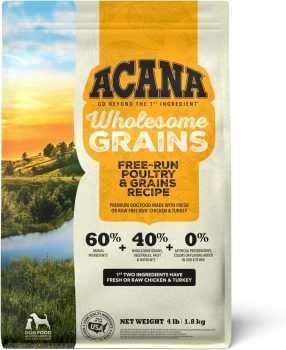 
Check Price Today at: Amazon |
|
|
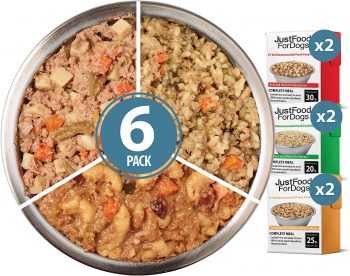 
Check Price Today at: Amazon |
|
|
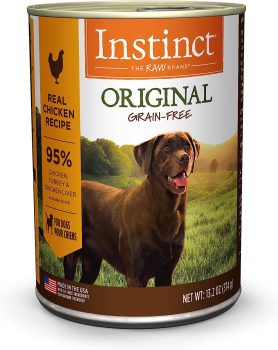 
Check Price Today at: Amazon |
|
|
Conclusion
Feeding the Akita requires understanding and attention. As a hardy breed, they benefit from a balanced diet tailored to their unique needs. With the right approach, you can greatly contribute to the health, happiness, and longevity of your Akita.
Frequently Asked Questions About Akita Feeding
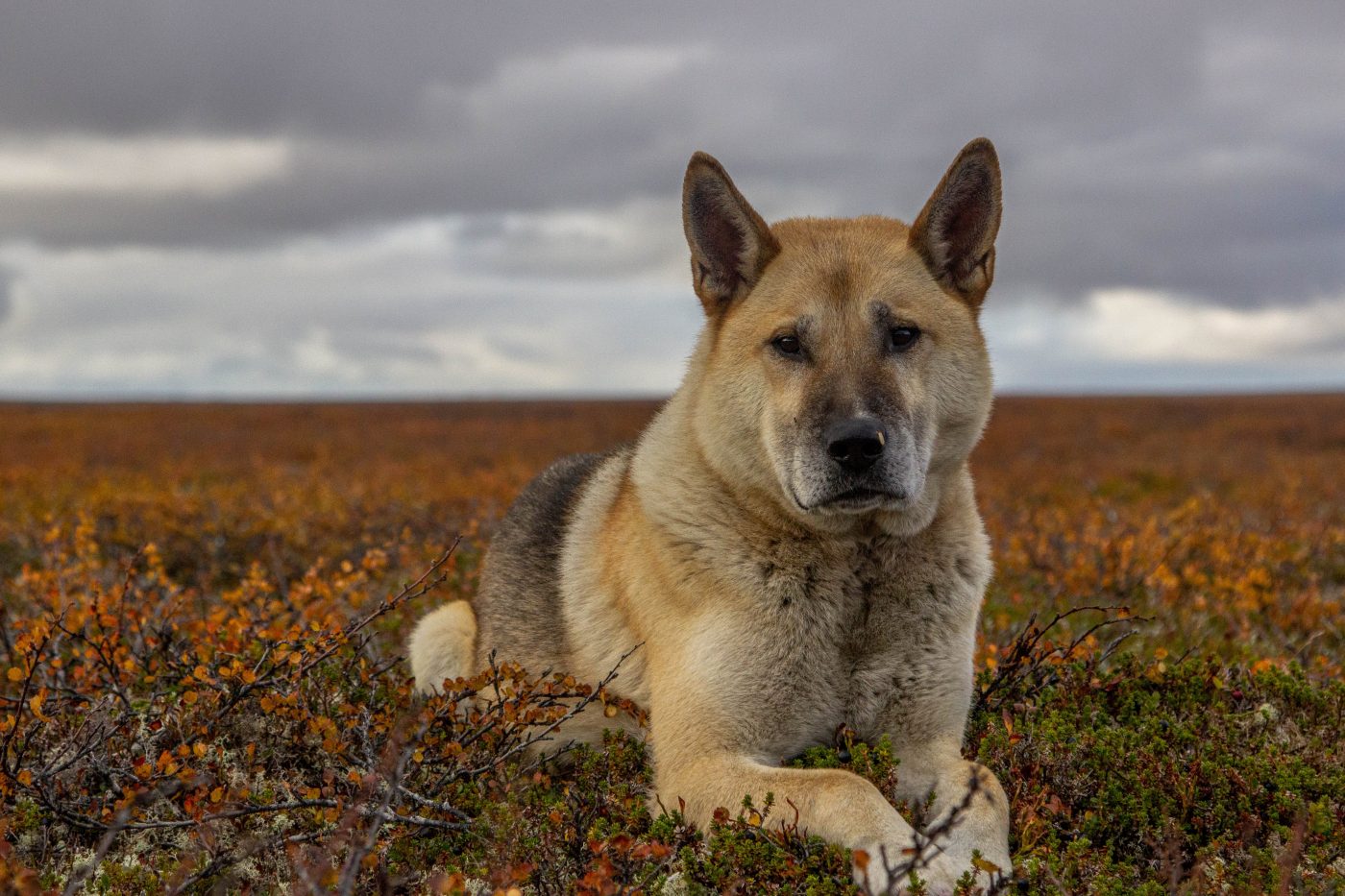

1. How much should I feed my adult Akita each day?
An adult Akita typically needs 3 to 5 cups of high-quality dry dog food per day, divided into two meals. The exact amount may vary based on the dog’s size, age, metabolism, and activity level. Always adjust portions accordingly and consult your veterinarian to meet your Akita’s specific nutritional needs.
2. Are there any specific dietary needs for an Akita puppy?
Akita puppies have different nutritional needs from adults, requiring more calories and nutrients to support their rapid growth. They should be fed a high-quality puppy formula suitable for large breeds, about three to four times a day, with a total amount based on their age and expected adult weight.
3. Can Akitas eat grain-free?
Akitas can eat a grain-free diet as long as it meets all their nutritional needs. However, recent studies have shown a potential link between grain-free diets and heart disease in dogs, so it’s important to consult a veterinarian before making such a dietary change.
4. How often should I feed my Akita?
Adult Akitas should be fed twice a day to help regulate their metabolism and maintain healthy digestion. However, puppies may require more frequent feedings, usually three to four times a day, to meet their higher energy needs.
5. What is the best type of food for Akitas with sensitive stomachs?
For Akitas with sensitive stomachs, a diet with easily digestible proteins, limited ingredients, and a balance of fiber is ideal. Consult a veterinarian to recommend a formula that is gentle on your Akita’s stomach, and consider including probiotics to aid digestion.
6. How much water should an Akita drink every day?
An Akita should always have access to fresh, clean water. They typically need between 0.5 to 1 ounce of water per pound of body weight per day, but this can vary with their diet, activity level, and environmental conditions.
7. Should I give my Akita supplements?
If your Akita is on a balanced, commercial diet, they usually don’t need additional supplements. However, some Akitas may benefit from specific supplements for joint health, especially as they age or if they are prone to joint issues. Always consult your veterinarian before adding any supplements to your dog’s diet.
8. Is it okay for Akitas to have treats?
Akitas can be given treats but should not make up more than 10% of their total diet to prevent obesity. Opt for healthy treats such as small pieces of fruit and vegetables or high-quality commercial treats designed for dogs.
9. How can I prevent my Akita from becoming overweight?
Prevent your Akita from becoming overweight by measuring their food portions, limiting treats, and providing regular exercise. Regular vet check-ups can also help monitor their weight and adjust their diet if necessary.
10. What should I do if my Akita is a picky eater?
If your Akita is picky, try making their food taste better by adding a topping, such as a little cooked chicken or fish. Make sure you are feeding a high-quality, tasty dog food and maintain a consistent feeding routine. If picking continues, consult your veterinarian to rule out any underlying health issues.


